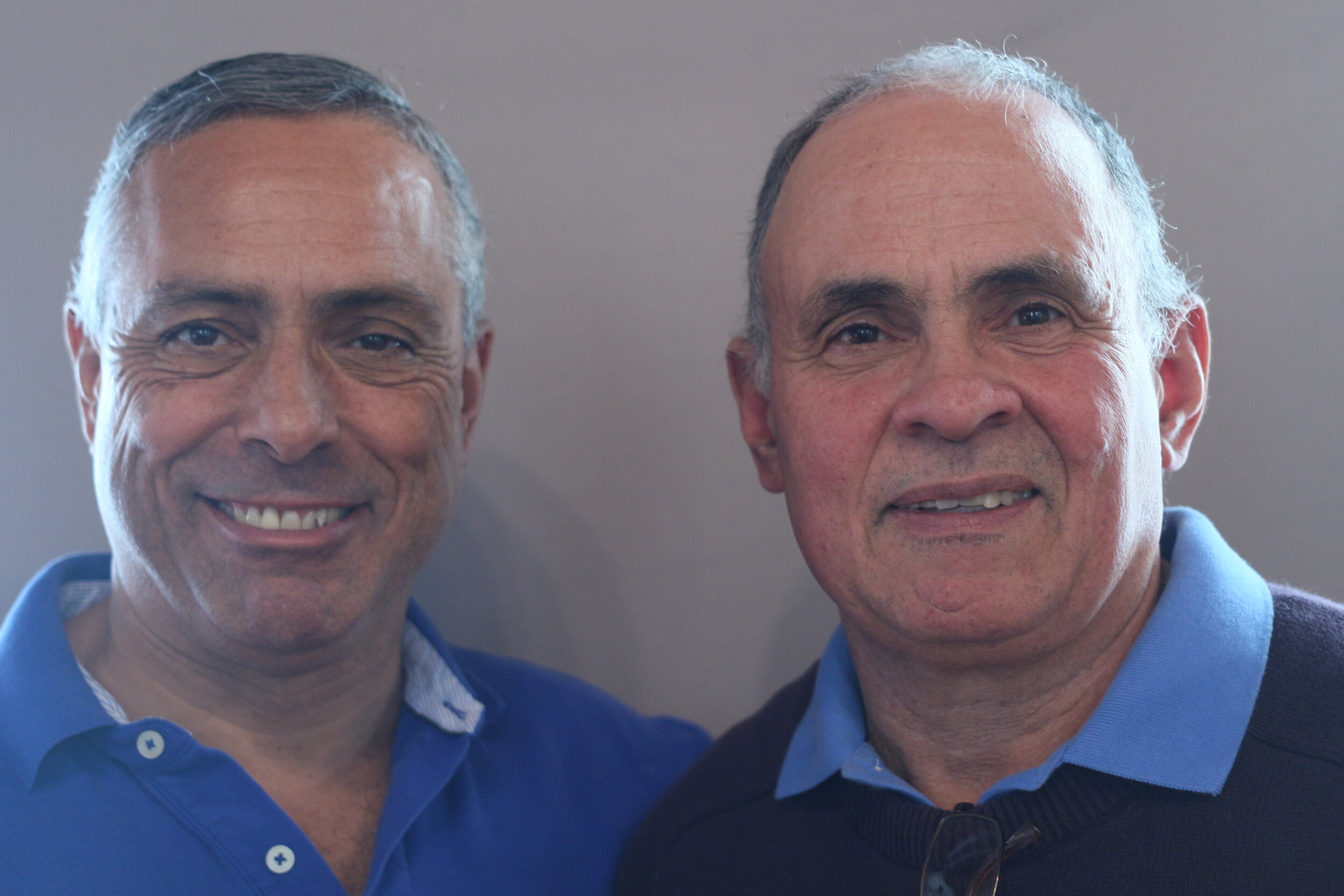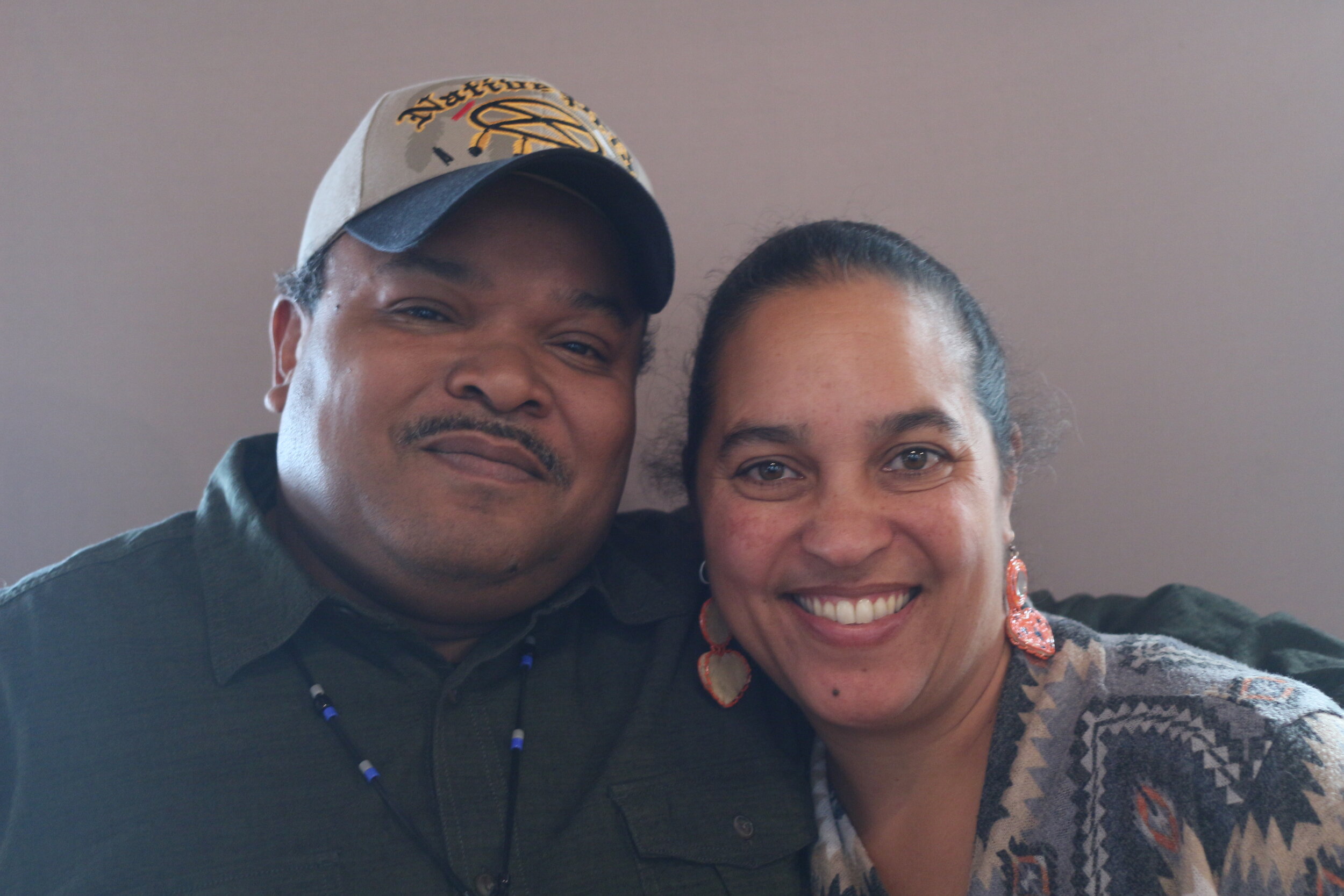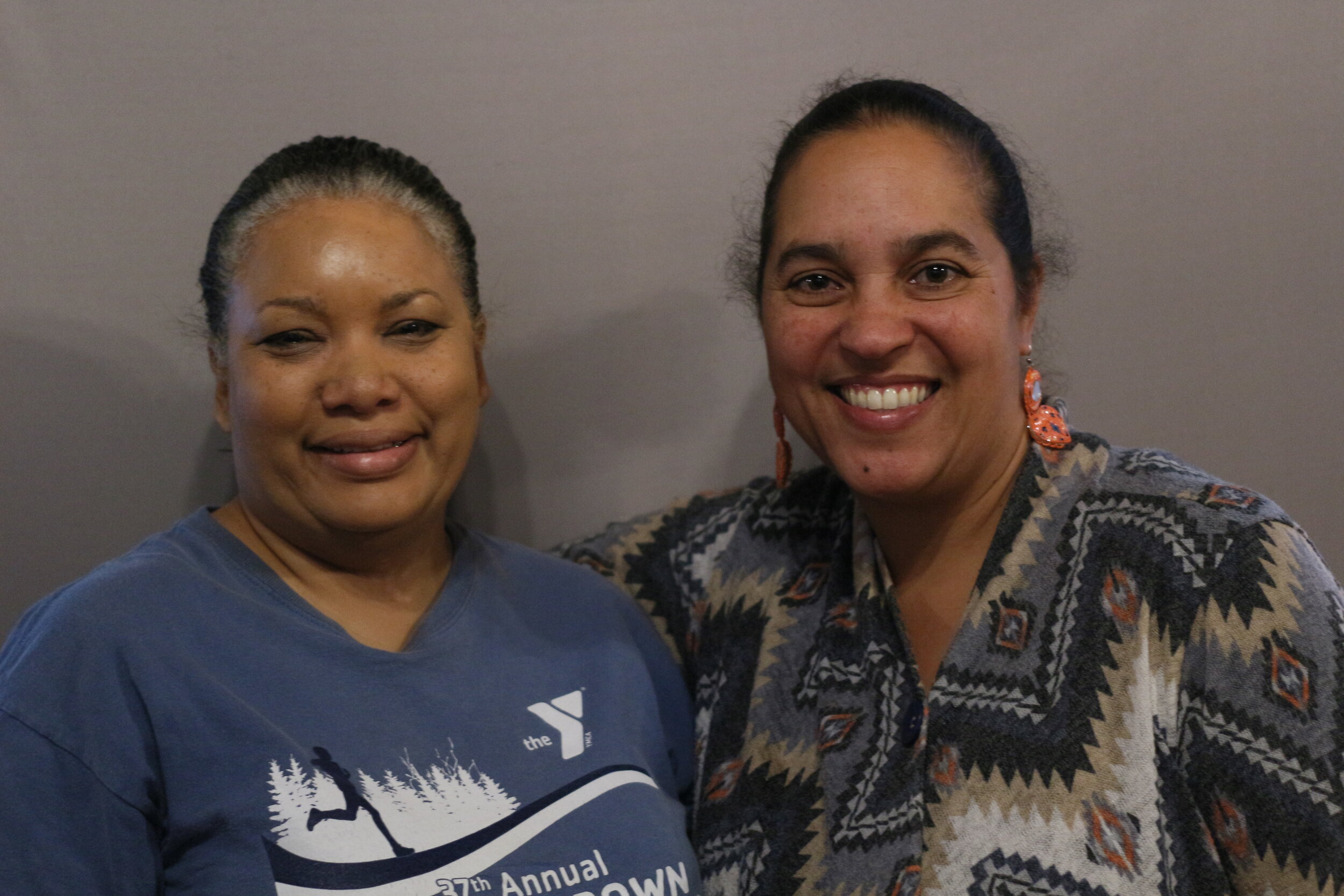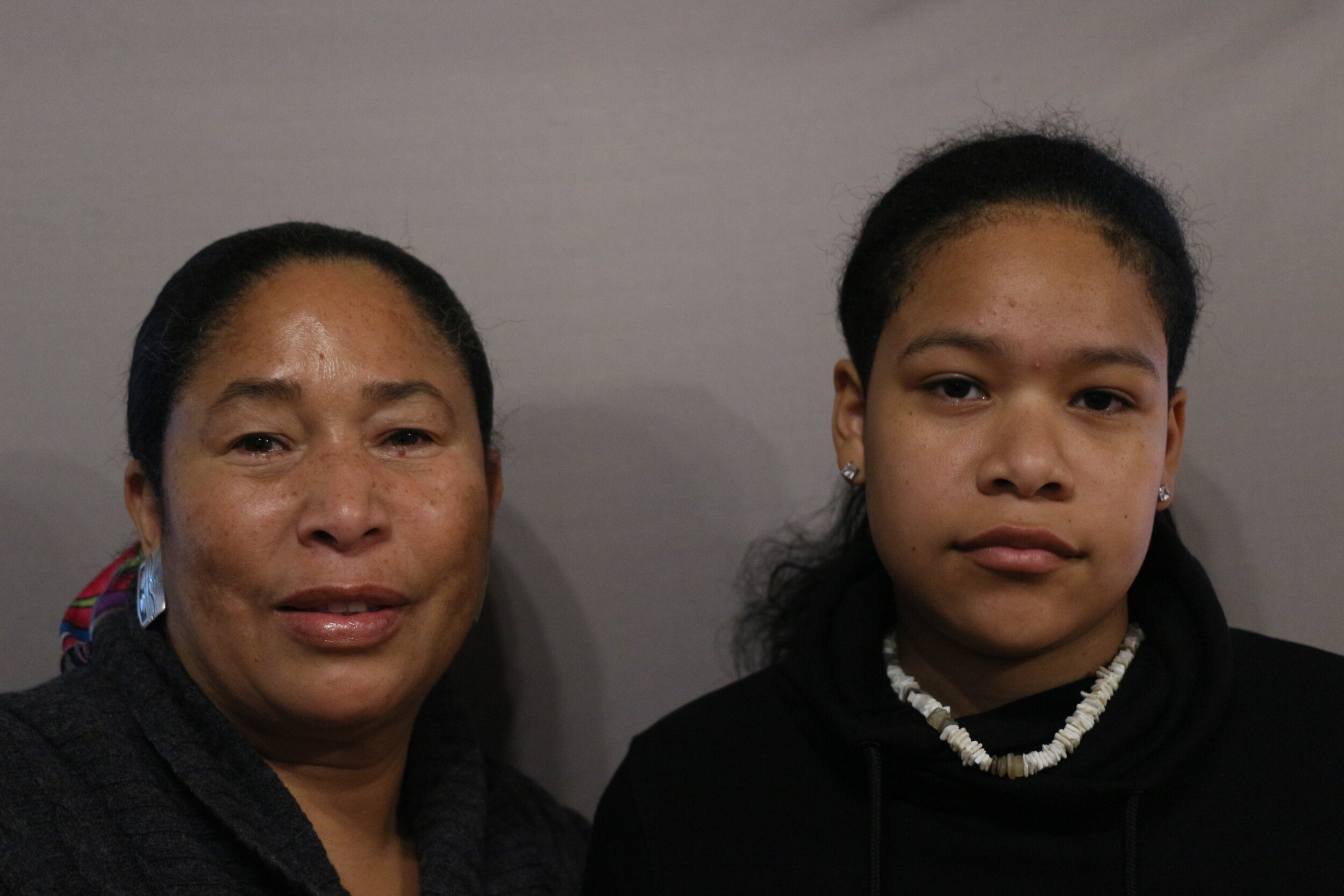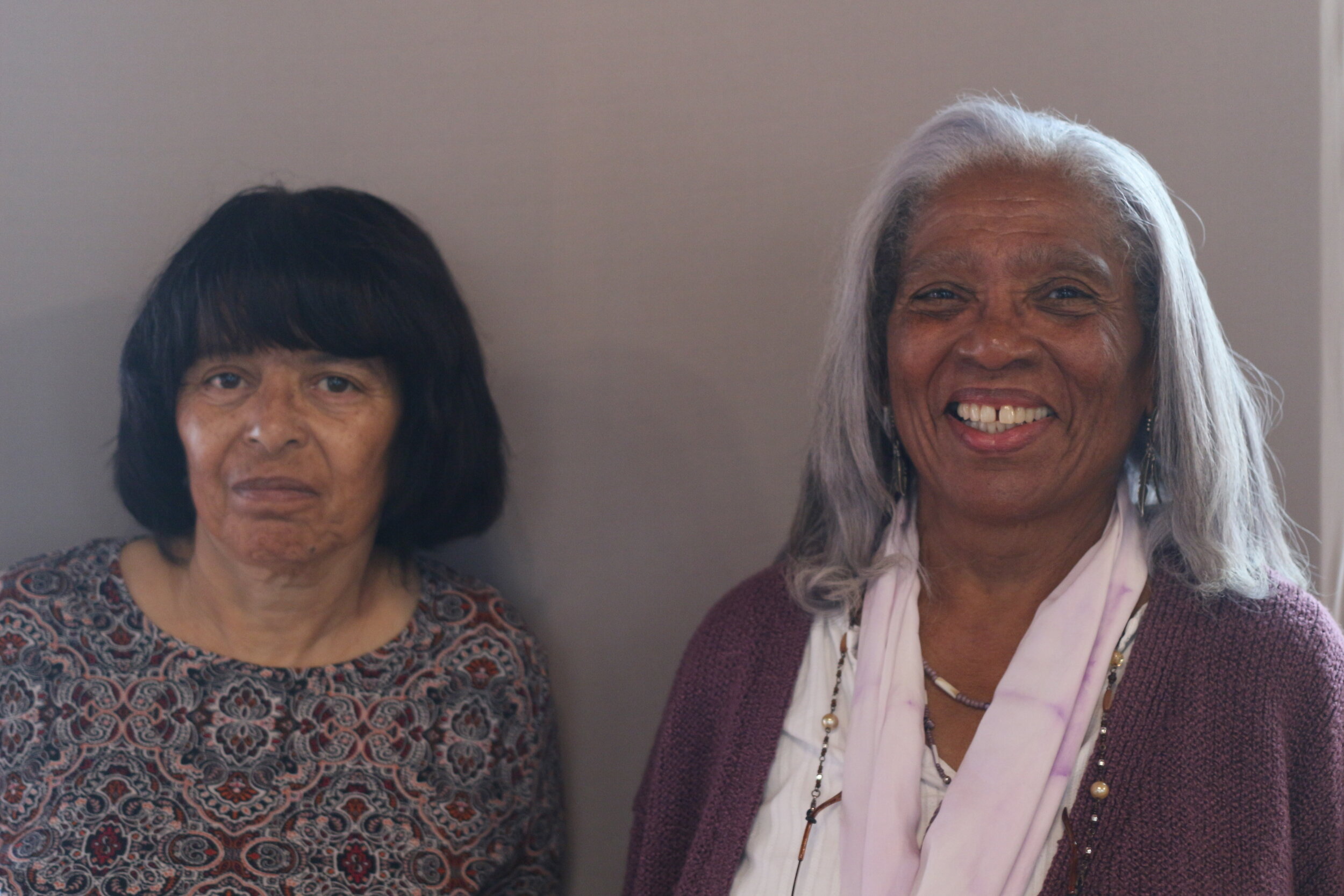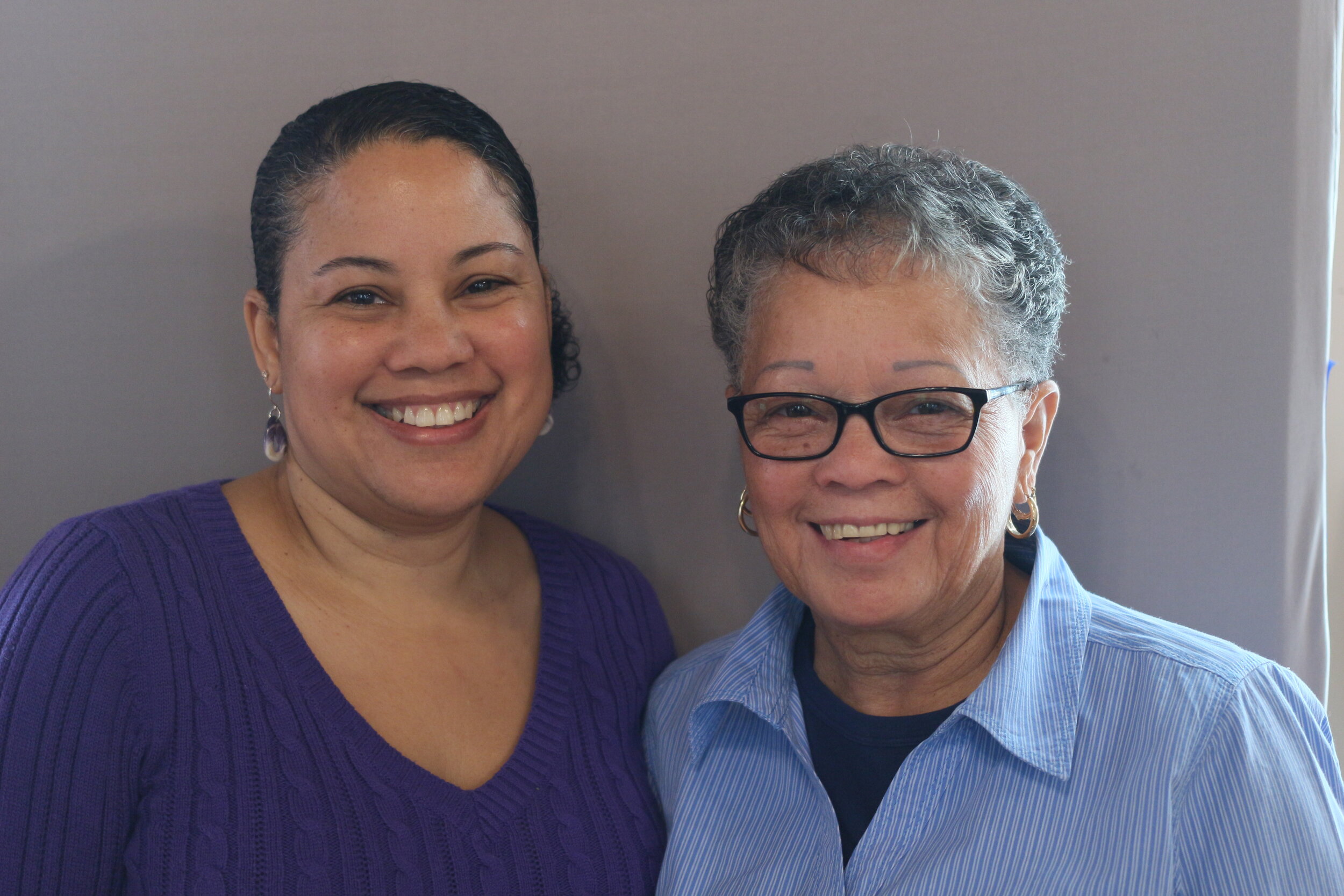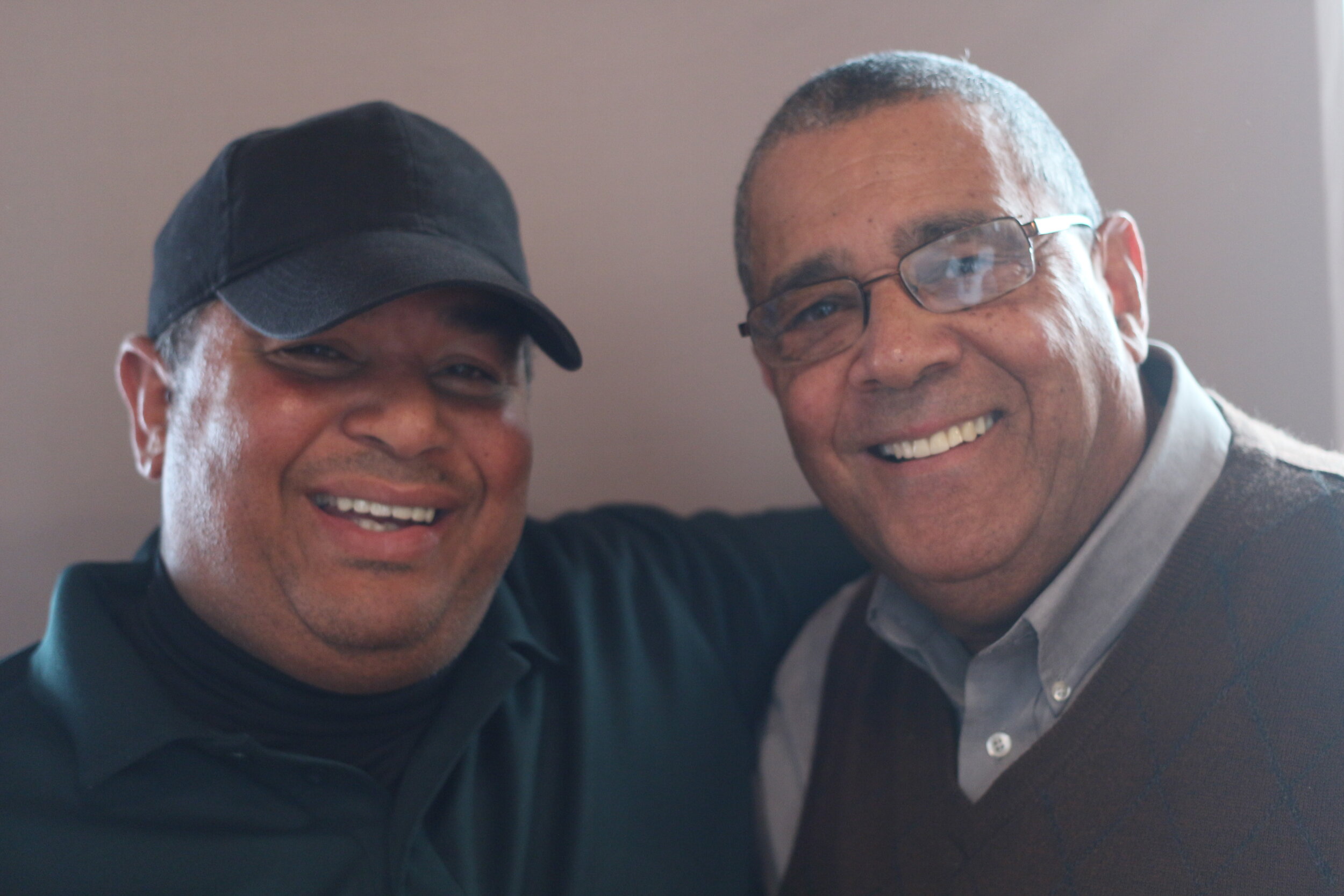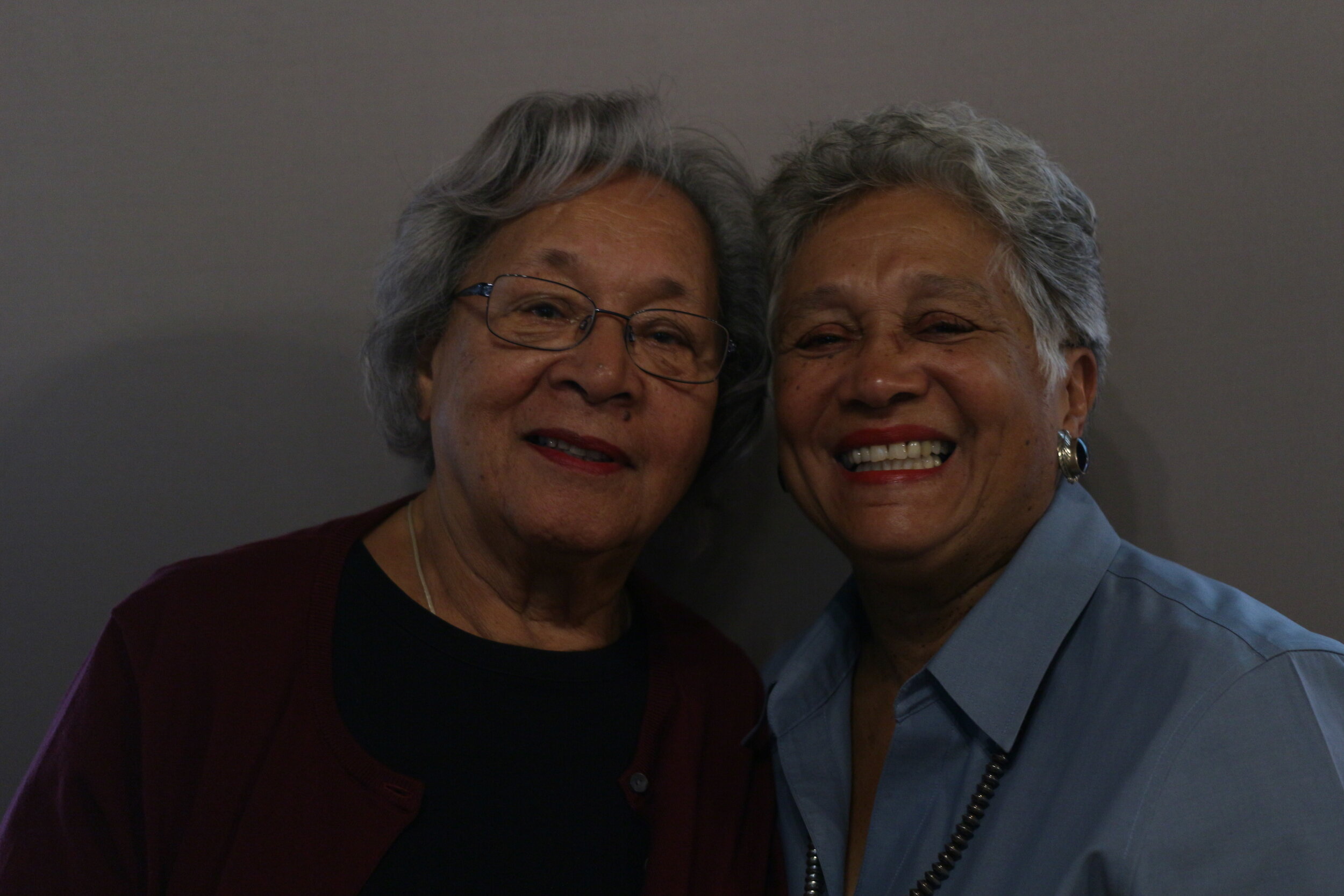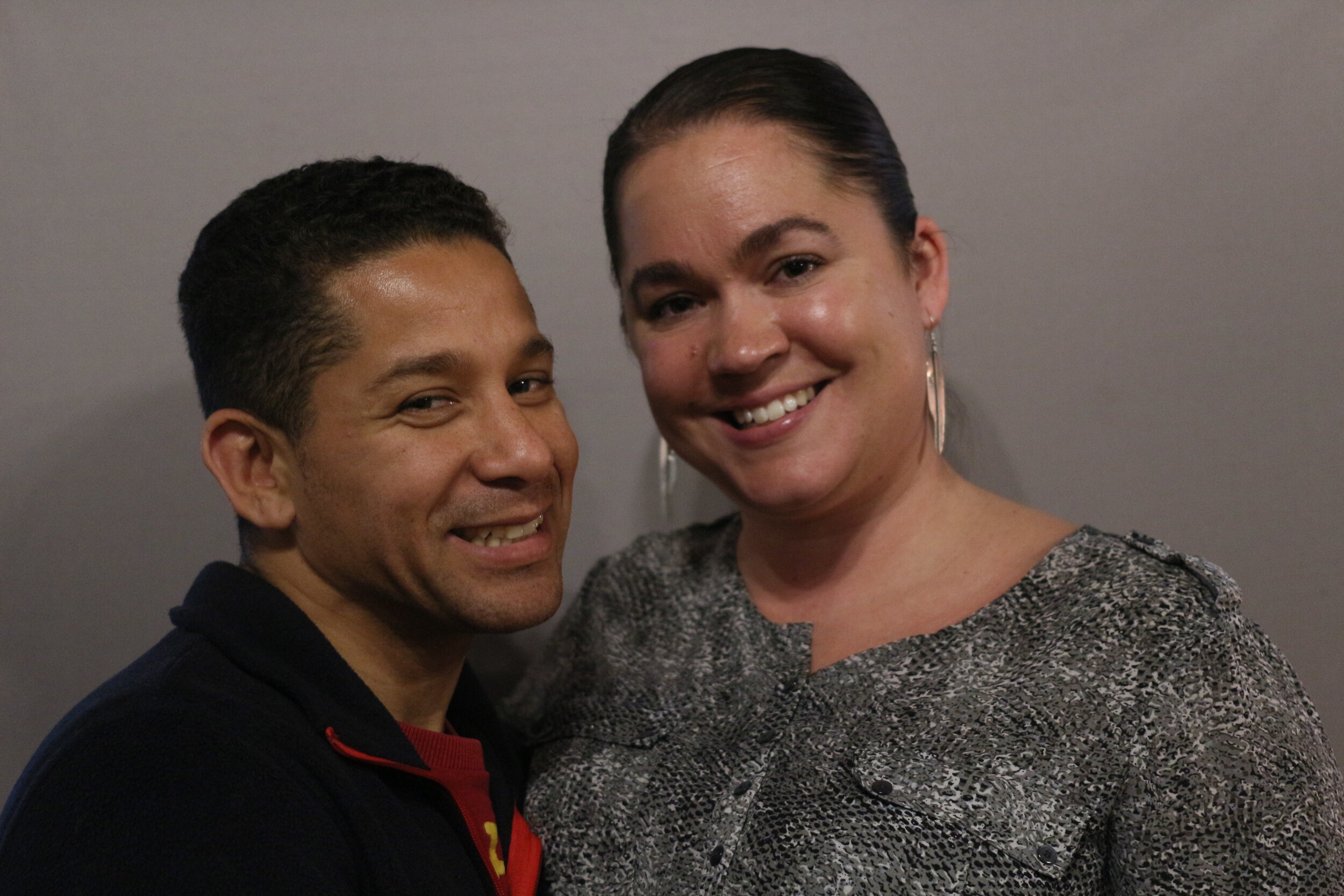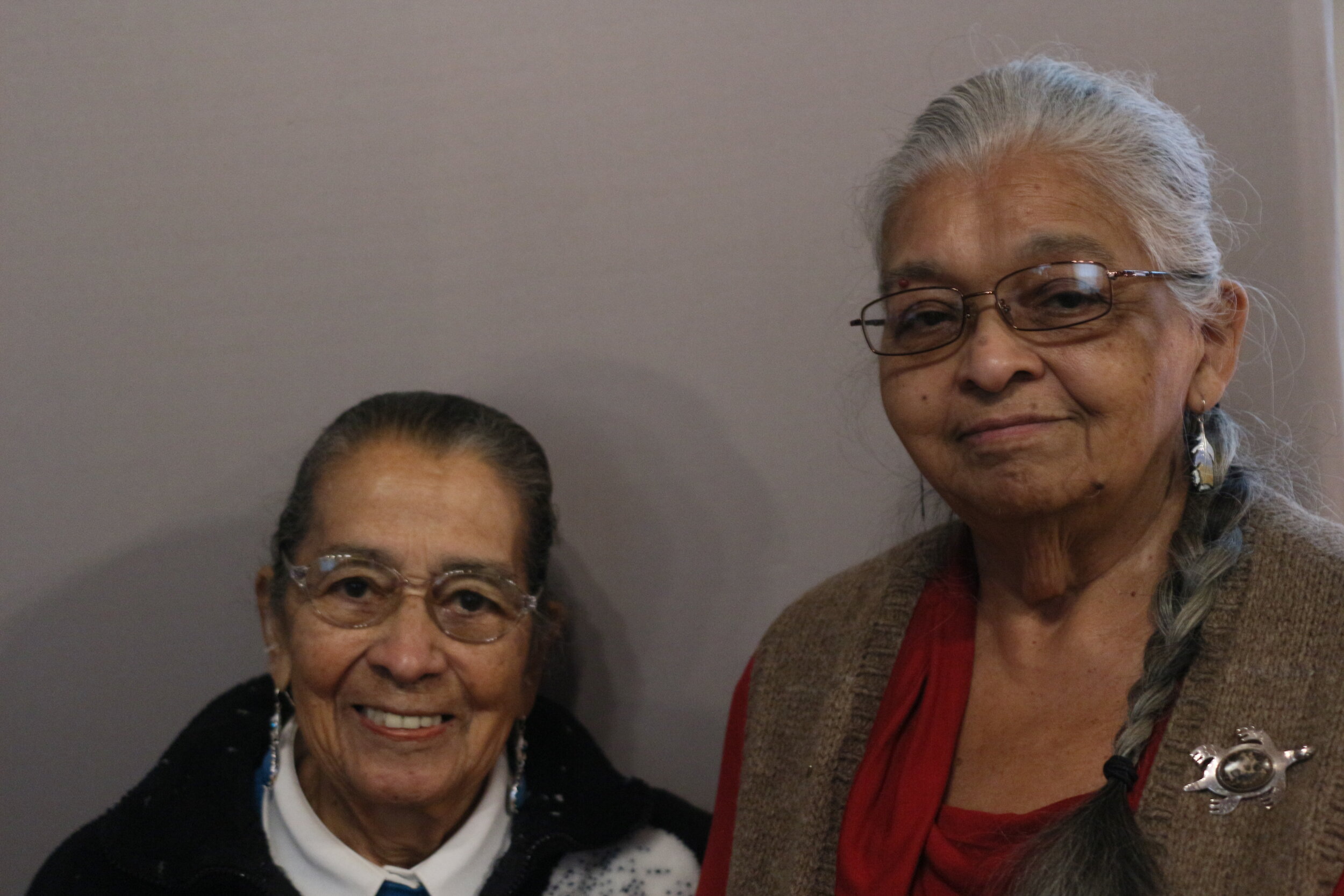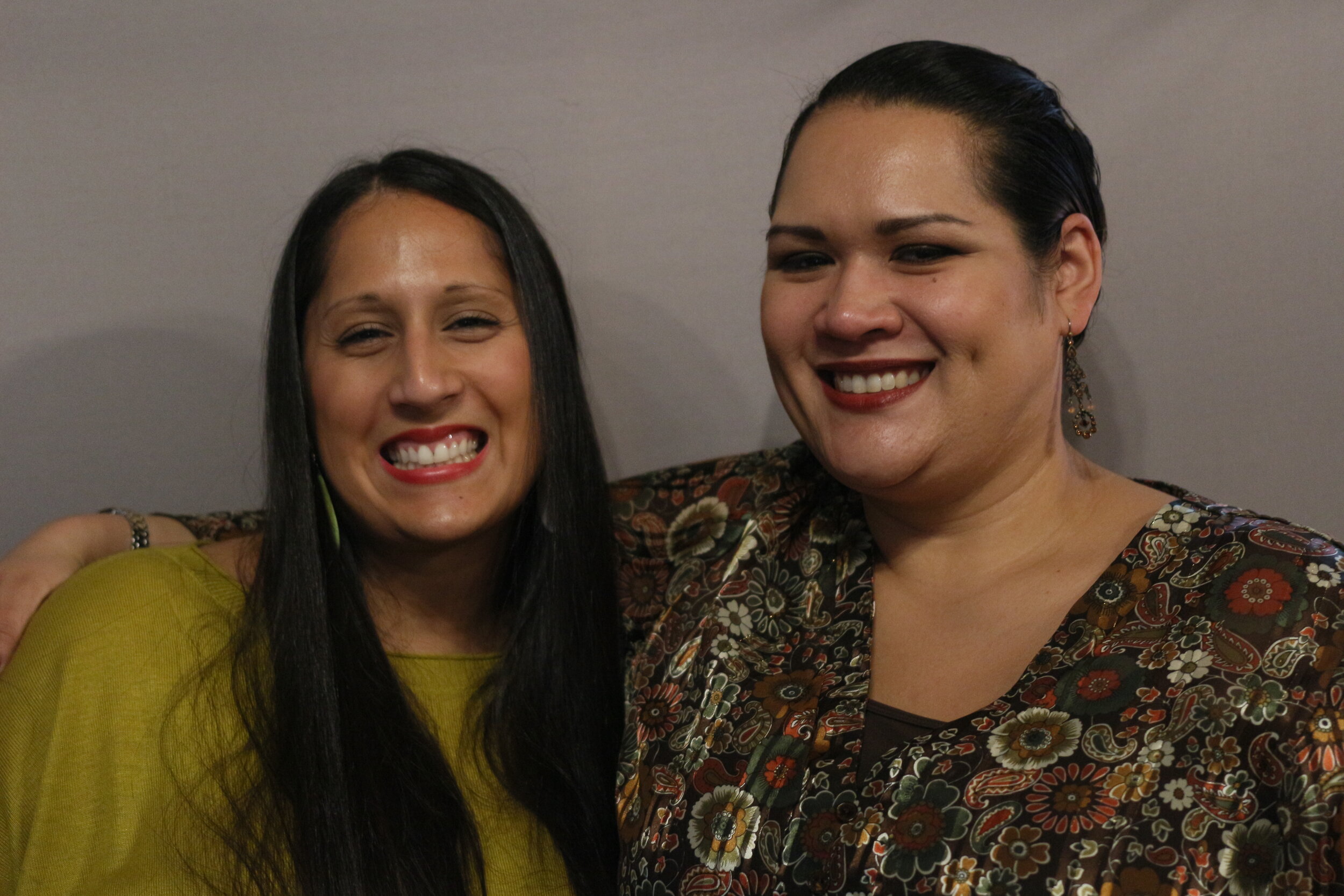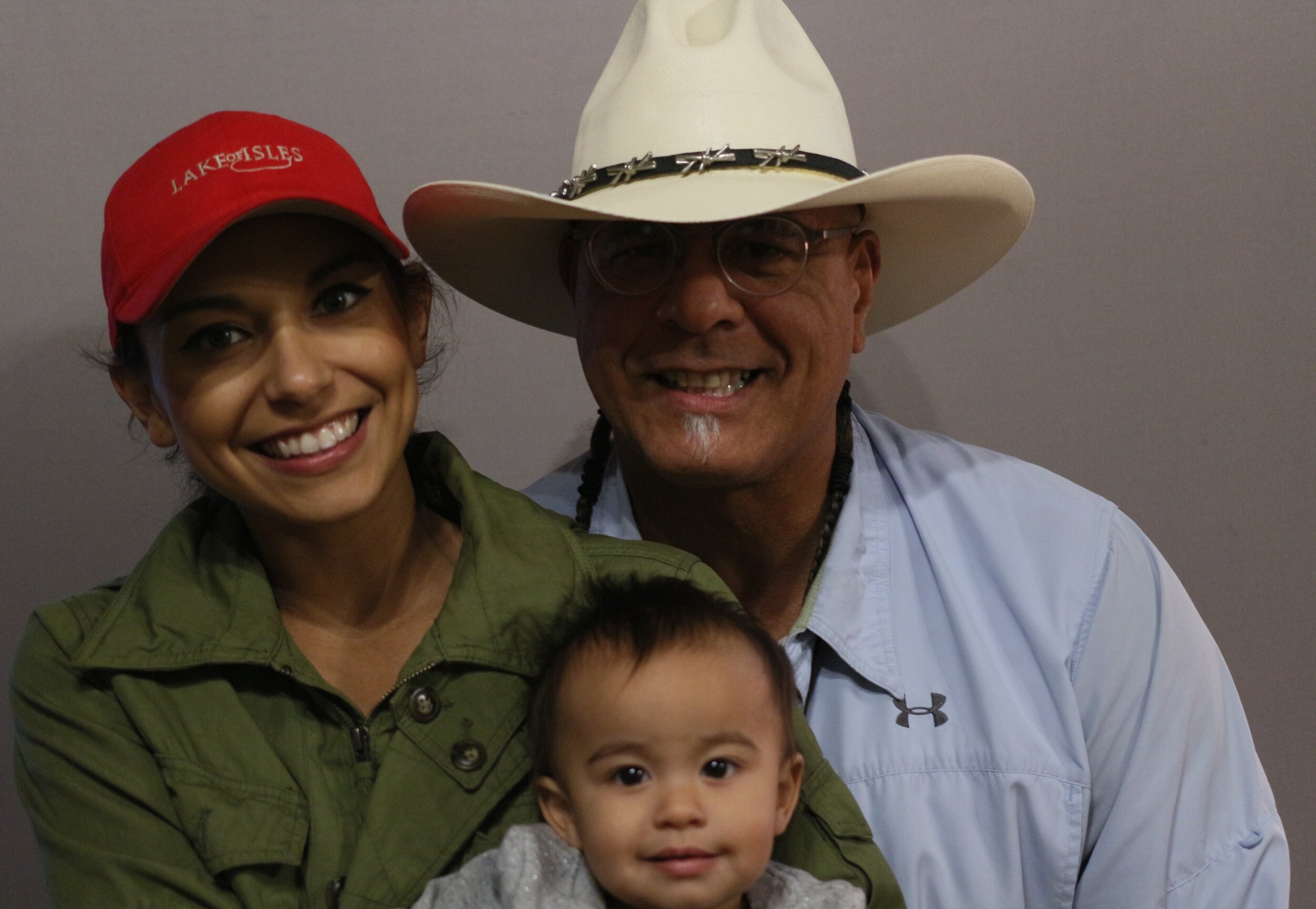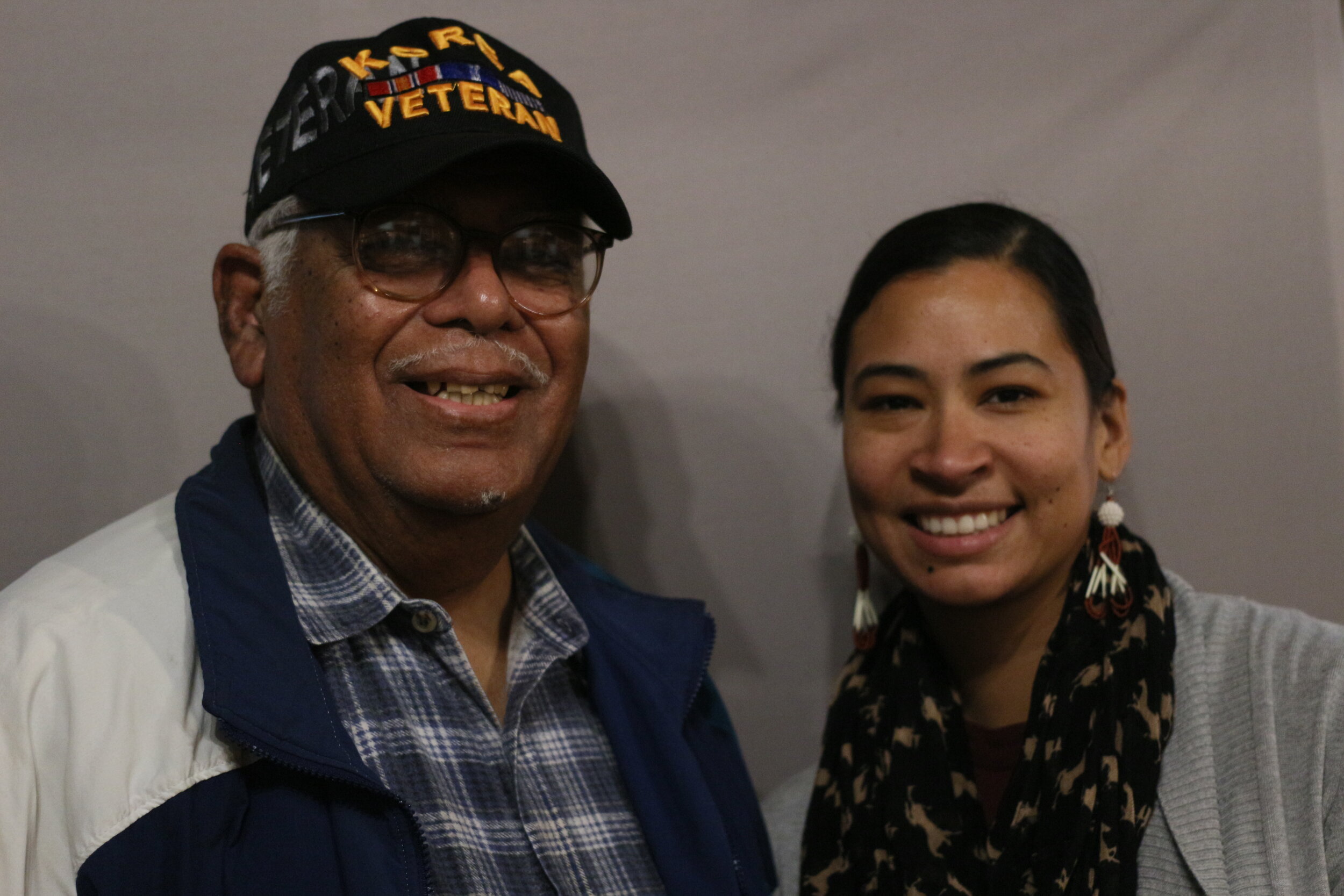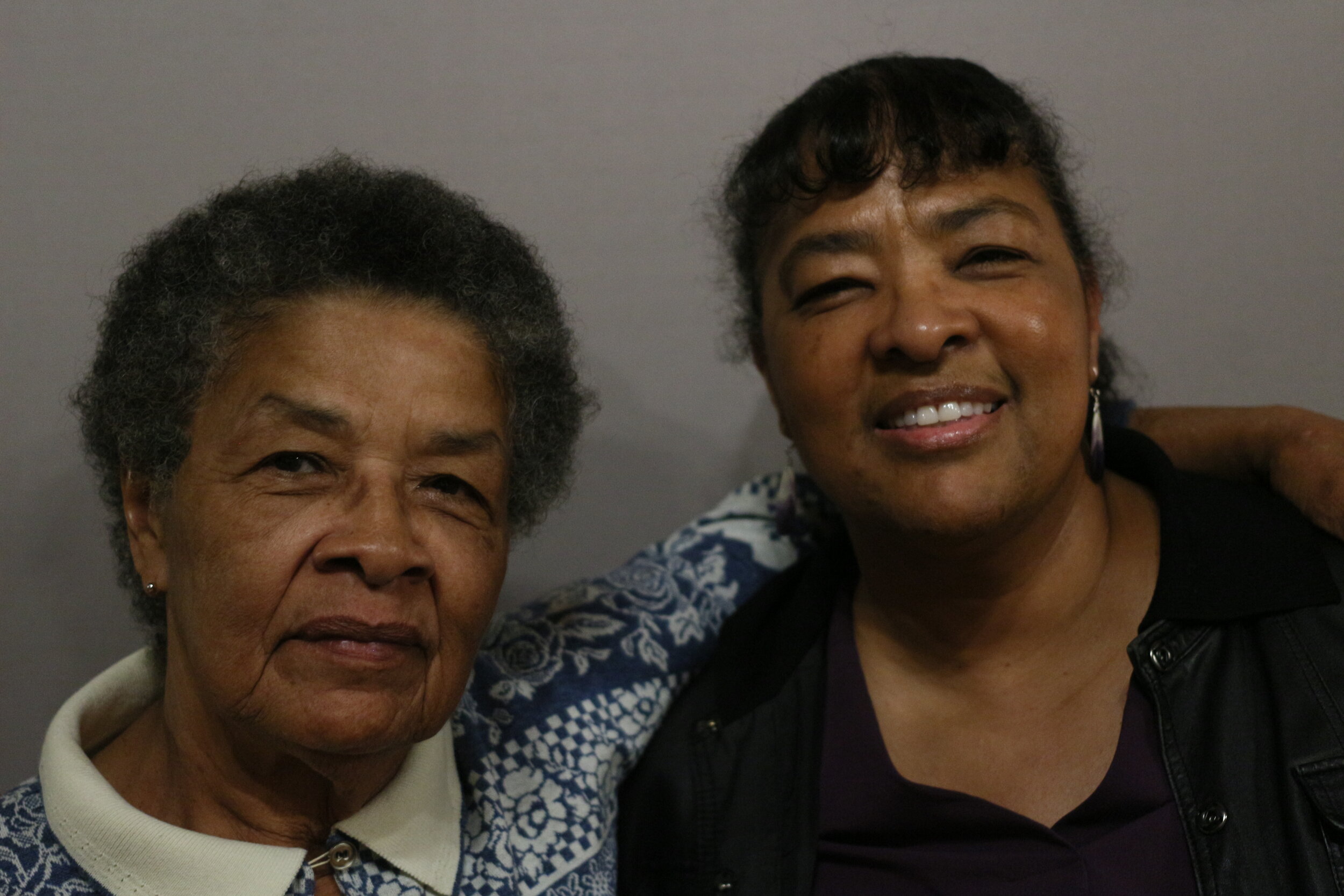Story Corps Oral History Project
Editors Note: In 2016, the Tomaquag Museum was one of ten institutions across the United States to receive the Institute of Museum and Library Service’s National Medal. As part of the being awarded the medal, these ten institutions were asked to participate in the Story Corps oral history project, which began in 2003 in Grand Central Terminal in New York City. The mission of the Story Corps Project is to “preserve and share humanity’s stories in order to build connections between people and create a more just and compassionate world.” In the Tomaquag Museum Archives, the recordings of the Story Corps Project are part of a collection of oral history recordings going back more than 50 years. In this guest blog post, our summer intern, Ryan Savage from the University of Rhode Island shares his experience working with these oral history recordings.
Ryan Savage
Hello, my name is Ryan Savage and I am a student going into my 3rd year at the University of Rhode Island, majoring in Music History and minoring in Anthropology. At the beginning of this year, I started searching for internships that would support my studies in anthropology. While my real passion is ethnomusicology (the anthropological study of music), I was looking for anything that would get me started in the field and help me learn research methods. The Tomaquag Museum caught my attention as a place I should reach out to for internship opportunities, as it is not only local but also an Indigenous-run museum, an aspect that I prioritized when beginning my search. Because the Covid-19 pandemic shut down many places, the Tomaquag Museum offered to start me on a remote internship, and completing the Story Corps Finding Aid was the first project I was given to complete.
The Story Corps project is a series of interviews between various members of the Narragansett Tribe. The goal of the project was to show a different side of history- the oral history. The sharing of an oral history is more personal than another type of documentation; it usually is related to specific experiences and highlights the perspective of the person telling the story. Through the Story Corps project, 18 different pairs of members from the tribe, from a variety of demographics, were able to share their unique lives, thoughts, and opinions that may have not otherwise been documented. The interviews were mostly around 40 minutes long, sometimes covering many different topics, and sometimes spending that time talking about all related things. Sometimes different recordings would cover some of the same topics, like cultural practices, but all of them contain unique stories told by those who participated. The diverse backgrounds of the interviewees provide a large range of topics that show both the common and individual experiences of those in the Narragansett Tribe.
My job was to listen to these interviews and create a loose transcription of what was talked about. The hope is that someone who reads the transcription will be able to find the sections of the recordings they would like to listen to. The finding aid that I wrote out has timestamps for the different topics that were covered throughout each interview. For example, it would say at what point in the recording that August Meeting, or someone’s ancestry, was mentioned.
Over the weeks that I was completing this project, I learned a lot about Narragansett culture and traditions that aren’t talked about outside of the tribe. Not only was I able to hear about people’s lives and families, but I also learned about their passions and the aspects of their traditions that they feel most connected to. I, of course, learned about different powwow traditions and different types of dancing, but I also learned about the beading and stone masonry traditions in the tribe. It was also interesting to listen to all the different interviews and be able to observe the parts that overlapped; food and family were themes that were important in almost all of the 18 sets of interviews.
The project was important to my understanding of oral histories as something deeply personal, and also helped me to reflect on my perception of what history is. In Western academia, the personal experiences of individuals are not given the same status as other types of history. I had to reflect on what these stories mean in the broader discussion of history. Emotions and perceptions of events can be communicated through an oral history in a way that a written telling of events cannot. Feelings on traditions and culture can be discussed and provide a deeper insight to the lives of people that gave birth to these practices. Oral history makes history come to life, connecting the voice of a very real person to the stories of the past. Not only is oral history a personal perspective on the part of those who share them, but it is personal for the person listening.
I hope that these interviews will be able to be used in research, to provide sources that may otherwise be overlooked. The recordings have the capability to share information that goes unpublished, or might never have been said and thus lost to time. Technology has given us the ability to not only document people’s words forever, but to also share them with many people. I think the best way that these can be used is for them to just be listened to. The oral history tradition is kept alive due to the sharing of stories, and for the listeners to pass it along as well. Some of the participants have already passed since the time of recording; in order to keep their history, their history must be shared.
For more information about the Story Corps project, please visit their website at Story Corps.org
To read Ryan’s Finding Aid for the Story Corps recordings at the Tomaquag Museum, click HERE




